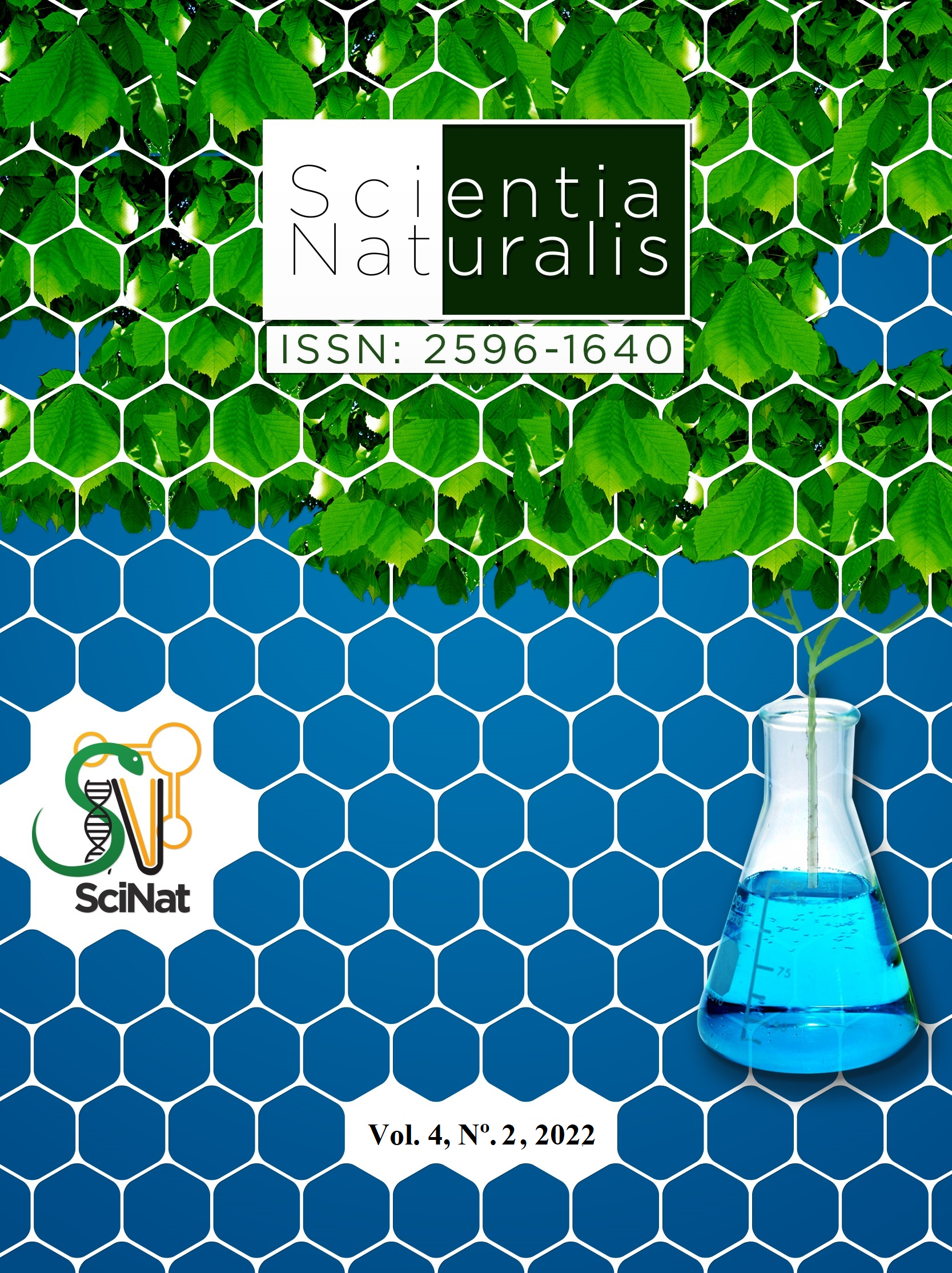Production of white and red guava seedlings with biofertilization with cow urine
DOI:
https://doi.org/10.29327/269504.4.2-8Abstract
The research, carried out at the Instituto Federal da Paraíba – Picuí campus, aimed to evaluate the quali-quantitative attributes of white and red guava seedlings produced with dosages of cow urine diluted in water. This was carried out in a randomized block design, with the treatments distributed in a 2×6 factorial arrangement, corresponding to two varieties of native guava (white and red), and six concentrations of oxidized cow urine diluted in water (control – 0.0 %; 2.0%; 4.0%; 6.0%; 8.0% and 10.0%), with five replications and two plants per plot. The seedling emergence, physiological attributes and the quality index of white and red pulp guava seedlings were evaluated. In general, the application of cow urine diluted in water showed inhibitory effects on the expressions of emergence attributes (percentage of emergence, average emergence time and emergence speed index), growth (stem diameter) and seedling quality. of the analyzed guava trees, regardless of the cultivar, whether with white or red pulp. The white-fleshed guava seedlings are more robust and, in physiological terms, present greater expressions in aerial part biomass than the red-fleshed ones, which can be explained by the greater genetic potential of this cultivar. The biweekly application of cow urine solution at a concentration of up to 10.0% exerts depressive effects on the emergence and biometric attributes of guava seedlings. The application of cow urine, diluted in water and covering, was harmful to the quality of white and red pulp guava seedlings. Further research is recommended with the inclusion of the space-time factor between applications.




